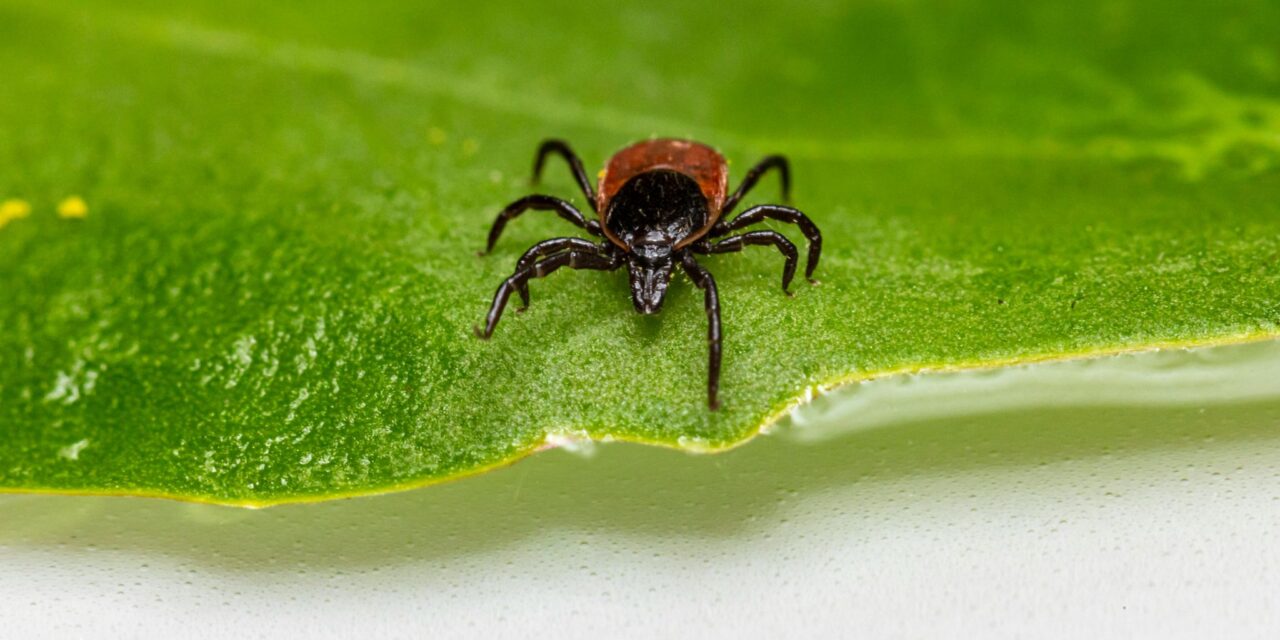Lyme disease is a tick-borne illness that affects thousands of people every year, particularly in North America and parts of Europe. Though it’s treatable when caught early, Lyme disease can cause serious health issues if left undiagnosed. In this comprehensive guide, we’ll break down the causes of Lyme disease, its symptoms, diagnosis, treatment options, and prevention tips.
What is Lyme Disease?
Lyme disease is an infectious disease caused by the bacterium Borrelia burgdorferi, and occasionally Borrelia mayonii, transmitted to humans through the bite of infected black-legged ticks, commonly known as deer ticks. These ticks are often found in grassy, wooded areas, particularly during the warmer months.
Causes of Lyme Disease
The primary cause of Lyme disease is a bite from a black-legged tick that is infected with the Borrelia bacteria. The tick must be attached for at least 36 to 48 hours to transmit the bacteria. Humans typically get bitten while hiking, camping, or spending time outdoors in wooded areas.
Key risk factors include:
- Spending time in grassy or heavily wooded areas
- Having exposed skin outdoors
- Owning pets that may carry ticks indoors
Lyme Disease Symptoms
Lyme disease symptoms vary depending on the stage of infection: early localized, early disseminated, and late disseminated. Recognizing these symptoms early can lead to quicker diagnosis and treatment.
Early Localized Stage (3 to 30 days post-tick bite):
- Erythema migrans (EM) rash: Often called a bull’s-eye rash, this is the hallmark sign of Lyme disease, occurring in about 70-80% of infected individuals.
- Fever
- Chills
- Fatigue
- Headache
- Muscle and joint aches
- Swollen lymph nodes
Early Disseminated Stage (days to weeks after bite):
- Multiple EM rashes on different areas of the body
- Facial palsy (loss of muscle tone or droop on one or both sides of the face)
- Severe headaches and neck stiffness
- Pain and swelling in large joints
- Heart palpitations or irregular heartbeat (Lyme carditis)
Late Disseminated Stage (months to years after bite):
- Arthritis, particularly in the knees or other large joints
- Chronic fatigue
- Neurological symptoms like memory issues, mood disorders, or difficulty concentrating
Diagnosing Lyme Disease
Diagnosing Lyme disease typically involves a combination of clinical evaluation and laboratory testing. If the characteristic EM rash is present, doctors may begin treatment immediately.
If symptoms are unclear or have progressed, doctors may order the following:
- ELISA test (enzyme-linked immunosorbent assay): Detects antibodies against Borrelia bacteria.
- Western blot test: Confirms ELISA results by detecting specific proteins of the bacteria.
It’s important to note that antibody tests may not show a positive result in the early stages, so doctors may rely heavily on symptom history and possible exposure to ticks.
Lyme Disease Treatment
Antibiotics:
The primary treatment for Lyme disease is a course of antibiotics. The type and duration of treatment depend on the stage of the disease.
- Early-stage Lyme disease: Oral antibiotics like doxycycline, amoxicillin, or cefuroxime axetil for 10–21 days.
- Advanced stages: Intravenous antibiotics may be needed for more severe symptoms, especially involving the nervous system.
Symptom Management:
In addition to antibiotics, patients may receive medications to manage pain, inflammation, and neurological symptoms.
Post-Treatment Lyme Disease Syndrome (PTLDS):
Some individuals continue to experience symptoms after treatment. This is known as PTLDS and may include fatigue, joint pain, and cognitive difficulties. The cause is still being researched, and there is no consensus on long-term antibiotic use for PTLDS.
Can Lyme Disease Be Cured?
Yes, when detected early and treated appropriately with antibiotics, Lyme disease can be cured. Most people recover fully, especially if treatment begins in the early stages. However, recovery may be slower in cases of delayed treatment or PTLDS.
Preventing Lyme Disease
Prevention is the best strategy, especially if you live in or travel to areas known for ticks. Here are some proven tips:
- Wear long sleeves and pants in wooded areas.
- Use insect repellents containing DEET or permethrin.
- Perform full-body tick checks after spending time outdoors.
- Shower soon after being outdoors to remove unattached ticks.
- Check pets regularly for ticks.
Frequently Asked Questions (FAQs)
1. How soon do Lyme disease symptoms appear after a tick bite?
Symptoms typically appear 3 to 30 days after the bite, depending on the individual and the stage of the disease.
2. Can Lyme disease be spread from person to person?
No, Lyme disease is not contagious and cannot be spread through casual contact, kissing, or sexual intercourse.
3. Are there vaccines for Lyme disease?
Currently, there is no commercially available human vaccine for Lyme disease, though research is ongoing. A vaccine for dogs is available.
Final Thoughts
Lyme disease is a serious yet preventable illness. By understanding the signs, recognizing the symptoms early, and seeking prompt treatment, you can reduce the risk of long-term complications. Always be vigilant, especially during tick season, and take preventive steps when venturing into tick-prone areas.
For those who suspect they may have Lyme disease or have been bitten by a tick, consult a healthcare provider immediately. Early intervention is the key to full recovery.











